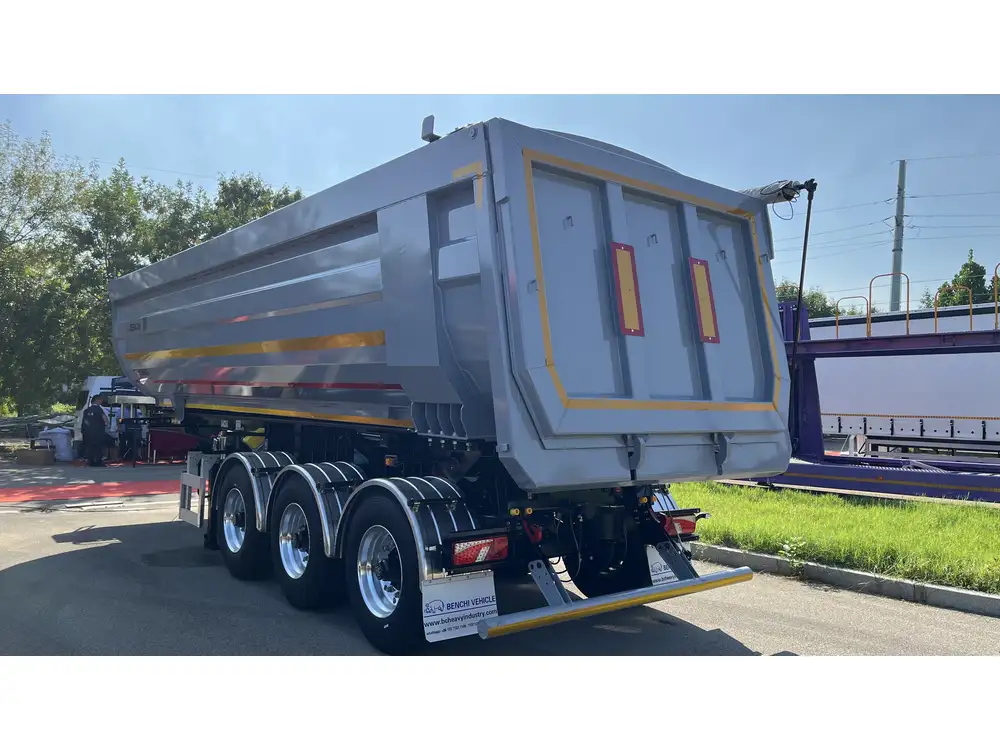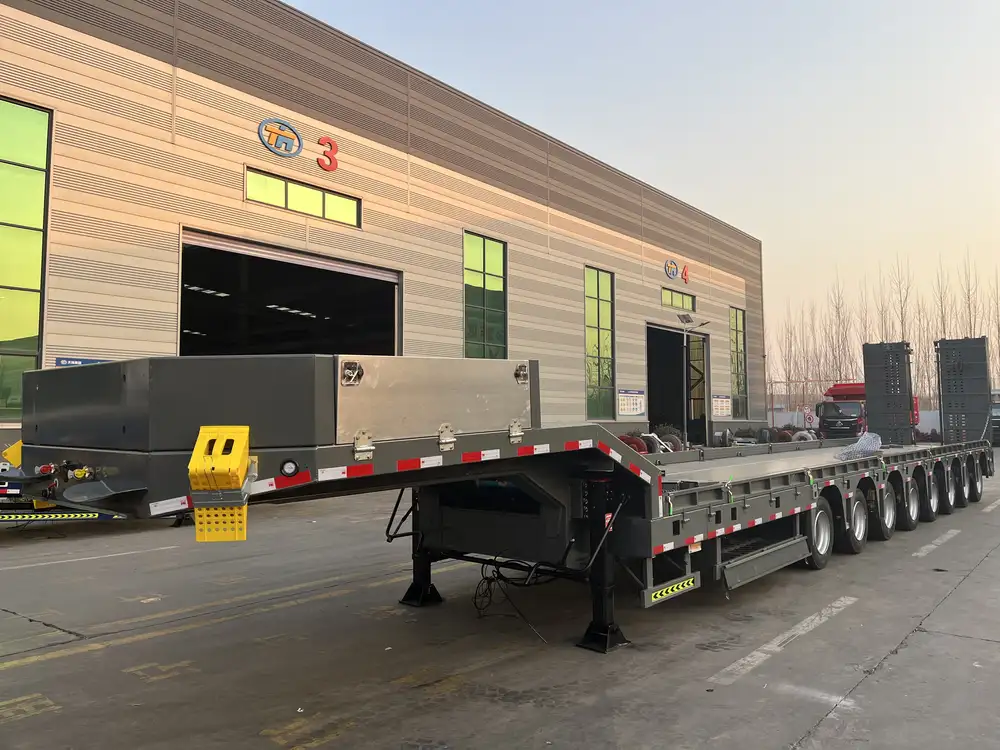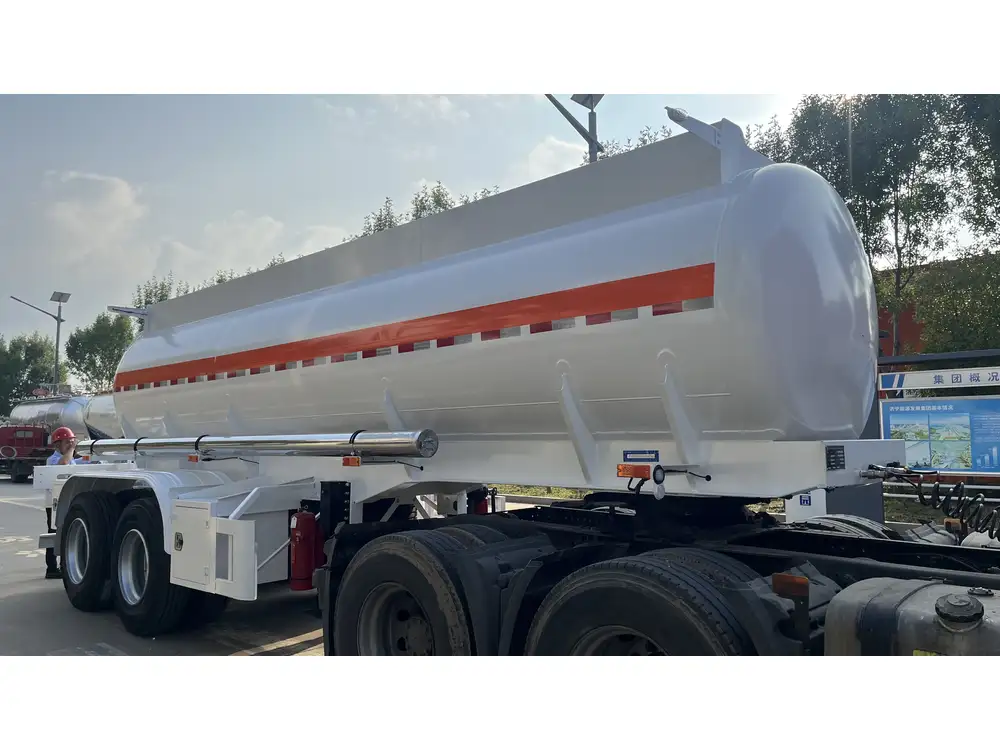When it comes to maintaining and operating a Fleetwood travel trailer, understanding the various systems, including the waste tank locations, is crucial for efficient camping and travel experiences. Fleetwood trailers are known for their comfortable designs and practical amenities, but sometimes the intricacies of their maintenance can be perplexing. This guide will provide you with comprehensive knowledge about the waste tanks, helping you identify their locations and understand their operational significance.
Understanding the Waste Water System
Waste water systems play an essential role in the functionality of your travel trailer. There are typically two waste tanks in most Fleetwood travel trailers:
Black Water Tank: This tank collects waste from the toilet, holding sewage and other refuse. It is vital to manage this tank properly to avoid bad odors and potential damage to the tank.
Gray Water Tank: In contrast to the black water tank, the gray water tank stores wastewater from sinks, showers, and sometimes washing machines. Managing this tank is equally important to maintain sanitation and prevent backups.
Both tanks have distinct purposes and require routine inspections and maintenance to ensure they function correctly throughout your travels.
Where to Find the Waste Tanks

General Location
Typically, on Fleetwood travel trailers, the waste tanks are located beneath the main living area. To access and inspect them, one must usually look toward the rear of the trailer or beneath the floor, depending on the model and year of manufacture. Each model may have slight variations, but an underlying structure usually holds the tanks securely.
Step-by-Step Guide to Locating Waste Tanks
Exterior Inspection: Start your examination from the exterior of the trailer. Look for access panels or plumbing pipes protruding from the bottom which could provide visual access to the tanks.
Refer to the Owner’s Manual: Each Fleetwood model comes with a detailed owner’s manual that specifies the exact location of the black and gray water tanks. Utilizing these resources ensures that you have model-specific information.
Visual Identification: If you can access the tanks, the black and gray water tanks are generally made of durable plastic and are blackish or gray in color. They are often cylindrical and may be reinforced with baffles for additional strength.
Check Underneath Areas: In many models, the tanks are protected by a belly pan—an additional layer that helps shield them from debris and damage. If you can remove this belly pan carefully, you will likely uncover the tanks.
Valve Locations: Each tank will have valves for draining and are typically located toward the rear side of the unit. The black water tank will have a valve that is usually colored differently from the gray water tank to indicate its purpose.
Visualization Table of Common Fleetwood Models and Tank Locations
| Model | Black Water Tank Location | Gray Water Tank Location |
|---|---|---|
| Fleetwood Discovery | Near the rear axle | Beneath the kitchen area |
| Fleetwood Bounder | Underneath the bathroom area | Underneath the sink |
| Fleetwood Terry | Center rear section | Near the bathroom |
| Fleetwood Pace Arrow | Rear passenger side | Center toward the front |

Waste Tank Management: Tips and Best Practices
Proper waste tank management is essential for prolonging the life of your travel trailer and maintaining a pleasant camping experience. Below are several best practices:
Routine Inspection
- Frequency: Regularly inspect both waste tanks every couple of weeks, especially before and after trips.
- Look for Leaks: Check for any signs of leaks or damages to the tanks or plumbing connections.
Proper Level Monitoring
- Use Level Indicators: Many Fleetwood models come equipped with level sensors to monitor the capacity of the tanks. Regularly check these indicators to avoid overflows.
- Estimate When to Dump: As a general rule, it’s safer to dump your black tank when it’s ⅔ full to ensure that waste can flow properly during the dumping process.

Comprehensive Sanitation Practices
- Flush the Tanks: After dumping, consider using a tank flush system (if available) to clean the walls of the tank and remove residue.
- Use the Right Chemicals: Employ RV-friendly biodegradable chemicals to effectively break down solids and control odors without harming your system.
Dumping Procedures
Find a Dump Station: Research ahead for public RV dump stations; many campgrounds and fuel stations offer this service.
Ensure Safety: Before connecting hoses, wear gloves and ensure the area is clear and safe.
Follow Dumping Sequence: Always dump the black water tank first, followed by the gray water. This ensures that any remaining waste in the hose is diluted with cleaner gray water.
Rinse Everything: Use water to rinse the hoses and connections thoroughly after dumping, ensuring no residual contaminants remain.
Signs of Tank Issues: What to Watch For
Being aware of potential issues can prevent inconvenient situations while on the road. Here are common issues to monitor for:

Odor Problems
Strong odors emanating from the tanks could indicate a blockage or need for immediate dumping. Ensure to investigate promptly to maintain a sanitary environment.
Inaccurate Level Readings
If your tank indicators show incorrect levels, it may suggest a faulty sensor. Regular checks and potentially replacing sensors may be necessary.
Unusual Noise
Sounds of gurgling or bubbling from the plumbing system may mean there are blockages or backflows which require immediate attention to prevent overflow or spills.

Frequently Asked Questions
How often should I empty my waste tanks?
It largely depends on usage; however, standard practice recommends dumping your black water tank every 3-5 days during an extended trip.
Can I use regular household chemicals in my waste tanks?
No, avoid using regular household chemicals as they can disrupt the tank’s biological processes and lead to clogs or tank damage.

What should I do if my tank is overflowing?
First, stop using all plumbing fixtures and locate the nearest dump station. If you can’t reach one in time, consider seeking professional assistance to prevent further damage.
Conclusion
Understanding where the waste tanks are located and how to manage them effectively can significantly enhance your enjoyment and maintenance of your Fleetwood travel trailer. Regular inspections, proper dumping procedures, and appropriate sanitation measures are vital components in ensuring the longevity of your travel trailer’s plumbing systems. By following this guide, you’ll not only keep your waste tanks in great shape but also ensure a more pleasant and hassle-free travel experience. Whether you’re a beginner or a seasoned traveler, mastering these aspects will ultimately allow you to focus on what truly matters: enjoying the open road.



